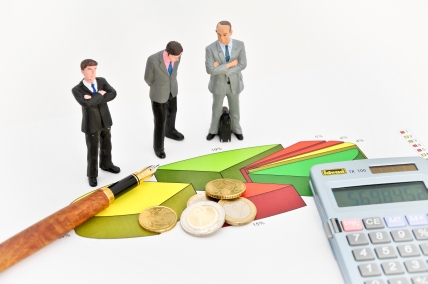The system of “own resources” ensures the financing of the EU’s policies. Total revenues amounted to €130 billion in 2011. Successive reforms have determined its current configuration, which relies on three key streams of revenue: traditional own resources (mainly customs duties); a resource based on value added tax (VAT); and a resource related to gross national income (GNI).

At present, the system provides sufficient resources to cover planned expenditure, but is often criticised for its complexity and opacity. Modification of the own resources system requires unanimity in the Council and ratification by each Member State (MS). For the Own Resources Decision, the European Parliament (EP) is only consulted.
The EP considers that the system has several shortcomings. For example, it says that the current arrangements do not follow the provisions of the Treaties since most EU revenue depends on resources that are perceived as national contributions, which MS wish to see minimised. Therefore, the EP has pushed for reforms.
In 2011, the European Commission put forward proposals with a view to reshaping the system and improving its functioning. The European Council has now reached a series of conclusions on these proposals as part of the complex negotiations on the 2014-2020 Multiannual Financial Framework (MFF).
Read the complete briefing here.
–










[…] The crisis and its social impact have once again found its way onto our blog: with a keysource on gender aspects of the crisis and a briefing on poverty in the EU (in French). Also influenced by the crisis is the EU budget, on which MEPs will vote next week. We prepared a briefing on Financing of the EU budget: The own resources system. […]
[…] Financing of the EU Budget – The own resources system – Library briefing – 21/2/2013. […]